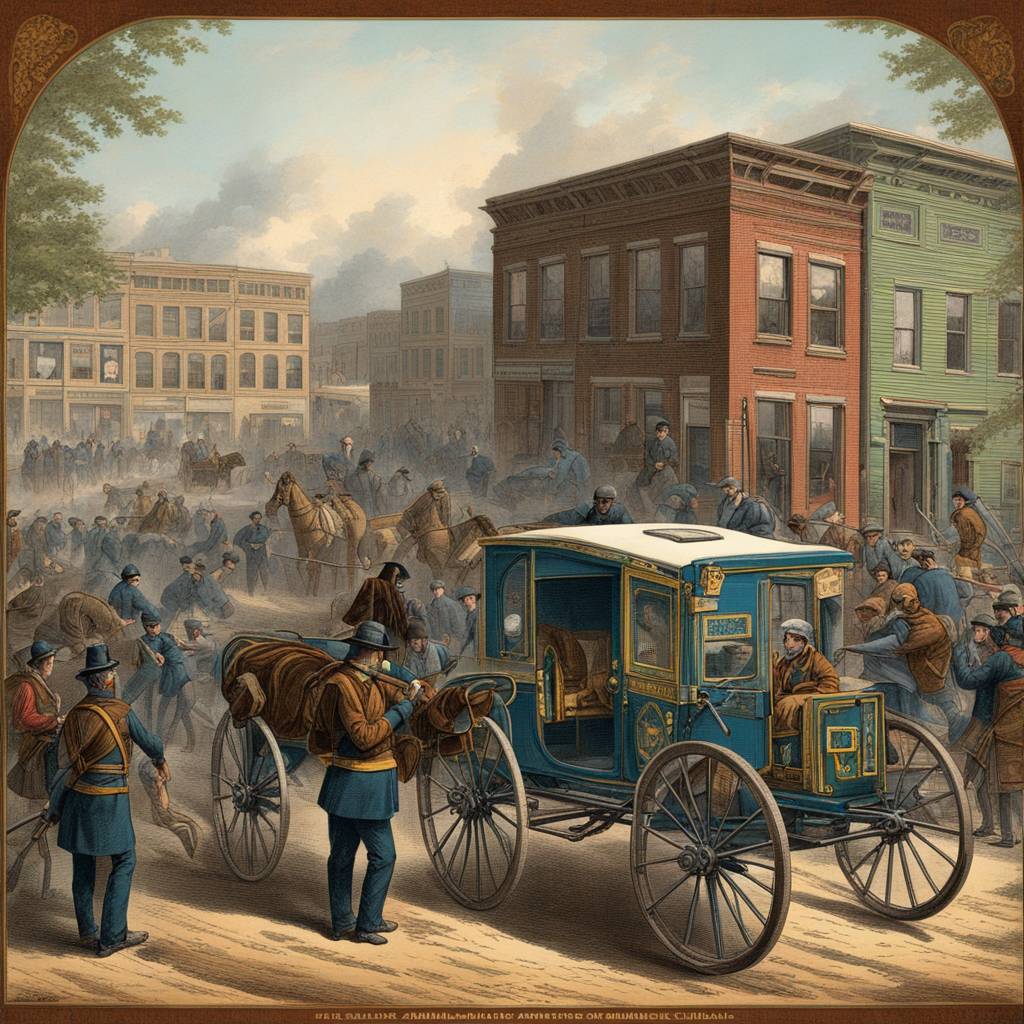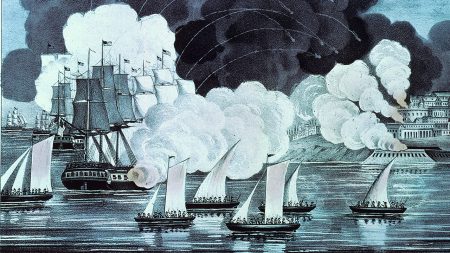The first ambulance service in the United States began operations in Cincinnati, Ohio, on March 28, 1866, beating out Bellevue Hospital in New York, which claimed to have the first citywide ambulance service in 1869. James R. Jackson was employed as an ambulance driver for the Commercial Hospital of Cincinnati, making $360 a year in 1866. The date that the first ambulance went into service is a point of debate, but many sources cite March 28, 1866, as the official date. The impact of the Civil War on the evolution of ambulance services cannot be understated, with advancements made during the war leading to a more organized system of care.
Jonathan Letterman, the medical director of the Army of the Potomac, played a key role in establishing an organized system of ambulances and trained stretcher bearers during the Civil War in 1862. This system of care designed to evacuate the wounded quickly was later adopted by the Confederate Army and led to significant improvements in the treatment of wounded soldiers on the battlefield. The layered system of care that evolved during the Civil War, including triage, field dressing stations, and transportation to major hospitals, had a lasting impact on medical care nationwide. The introduction of large-scale hospitals with lower death rates helped shift public perception of hospitals from places to die to places of healing.
The evolution of ambulance services continued after the Civil War, with advancements in Cincinnati expanding to other cities and beyond. Dr. Edward B. Dalton, a Civil War veteran, introduced dramatic advances in ambulance services at Bellevue Hospital in New York City in 1869. These modern ambulances were equipped with a rolling bed, surgical lamp, pillows, blankets, medical supplies, and even restraints and medications like morphine. The public need for emergency care led to the expansion of ambulance services, with Bellevue Hospital adding five more ambulances in 1870. Today, more than 70,000 emergency vehicles respond to about 37 million calls across the nation each year, showcasing the continued evolution and importance of ambulance services in modern healthcare.
The impact of the Civil War on the development of ambulance services cannot be overstated, with advancements made during the war leading to significant improvements in medical care and the organization of emergency response systems. Jonathan Letterman’s system of organized ambulances and trained stretcher bearers, implemented during the Civil War, laid the foundation for modern emergency medical services. The evolution of ambulance services from the Civil War era in Cincinnati to other cities and Bellevue Hospital in New York City highlights the importance of initial advancements and continued innovation in emergency care. Today, emergency vehicles respond to millions of calls each year, a testament to the ongoing importance of ambulance services in providing timely and life-saving medical care.















